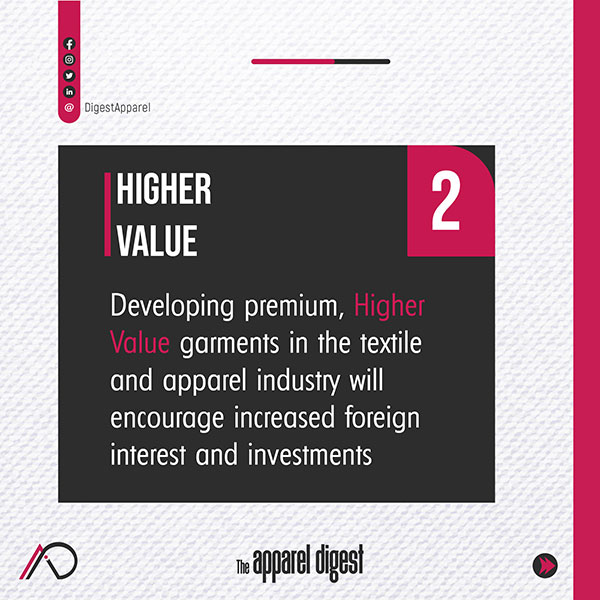Global fashion retailers including H&M (HMb.ST) and Gap (GPS.N) are committed to raising purchase prices for Bangladesh-made clothing to help factories there offset higher workers’ wages, a U.S.-based association representing more than 1,000 brands said, reports Reuters.
Bangladesh is the world’s biggest garments exporter after China. This week, after deadly protests between police and factory workers, the government mandated an almost 60% raise to the minimum monthly wage to 12,500 taka ($113) from December, the first increase in five years.
Factory owners had said the wage hike, which comes ahead of a January general election, would eat into their profit margins by increasing costs 5-6%. Labour accounts for 10-13% of total manufacturing costs, industry estimates show.
Asked if they would raise purchase prices by the 5-6% that costs will rise, Stephen Lamar, chief executive of the American Apparel & Footwear Association (AAFA), told Reuters: “Absolutely”.

“As we and our members have reiterated several times now, we are committed to responsible purchasing practices to support the wage increases,” Lamar said in an email.
“We also renew our pleas for the adoption of an annual minimum wage review mechanism so that Bangladeshi workers are not disadvantaged by changing macroeconomic conditions.”
Low wages have helped Bangladesh build its garment industry, which employs about 4 million people. Readymade garments are a mainstay of the economy, accounting for almost 16% of GDP.
Even after the increase in minimum wage, which some workers said was too little, Bangladesh lags other regional garment manufacturing hubs such as Vietnam, where the average monthly wage is $275 ($1 = 110.0000 taka), and Cambodia, where it is $250, data from the International Labour Organization shows.
Last month, several members of the AAFA including Abercrombie & Fitch (ANF.N) and Lululemon (LULU.O), told Bangladesh Prime Minister Sheikh Hasina they wanted workers’ wages to rise, and to take into account inflation, which is currently at 9%. Lamar also wrote to Hasina in July.
Retailers in the United States and Europe are the main buyers of Bangladesh-made clothes. Like most consumer goods retailers, fashion companies are grappling with high inventories and a slowing global economy, where shoppers in key markets are buying less as they feel the pinch.

